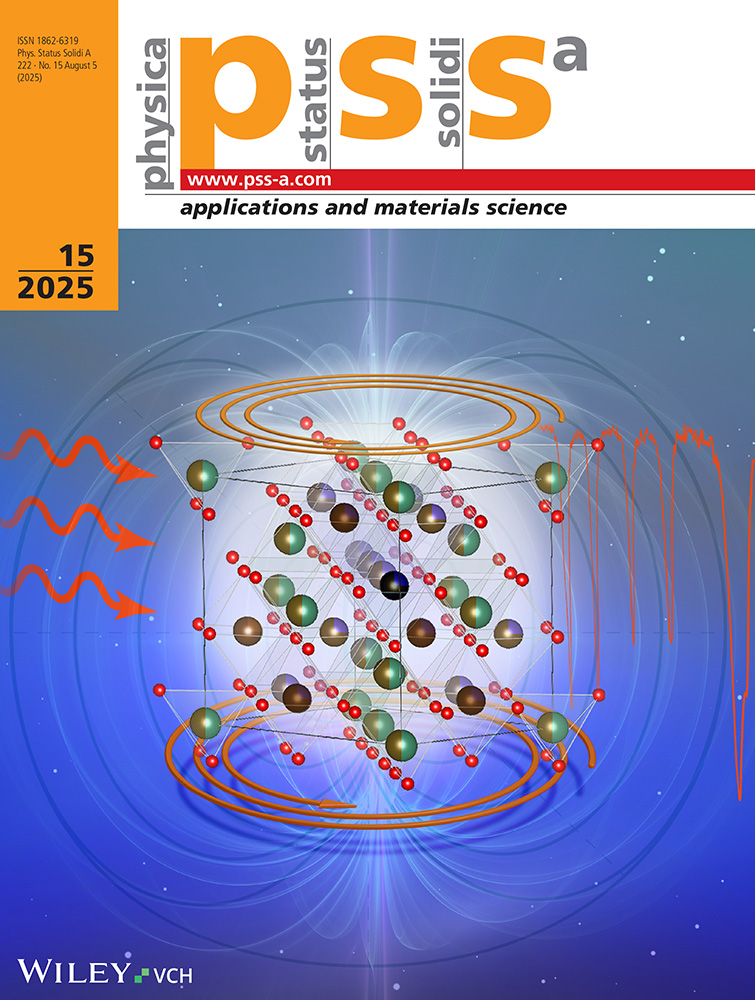An Experimental Study of AlGaAs/GaAs Heterostructures Using an Advanced Transient Charge Processor
Abstract
A versatile time-domain spectrometer that combines both the correlation DLTS and C–V techniques, is used to study two types of AlGaAs/GaAs heterostructures — a heterostructure with a quantum well, and a heterostructure with intentionally introduced DX centres. Bistable properties of the so-called thermal donor are treated by both above mentioned techniques. Some evidence for the presence of two different structural configurations of a DX centre in the same charge state is given. The nature of the DX centre related signal in the DLTS spectrum is studied by the correlation DLTS method. It is found that the decomposition of this signal into two closely spaced energy levels is justified for the set of chosen rate windows. A good agreement of the experimental and theoretical DLTS signals is achieved. Prolonged positive biasing of the structures with a quantum well at elevated temperatures led to a temporary annealing out of thermal donors. According to the C–V data, the thermal donors are expected to be positioned at the bottom AlGaAs/GaAs buffer interface.




